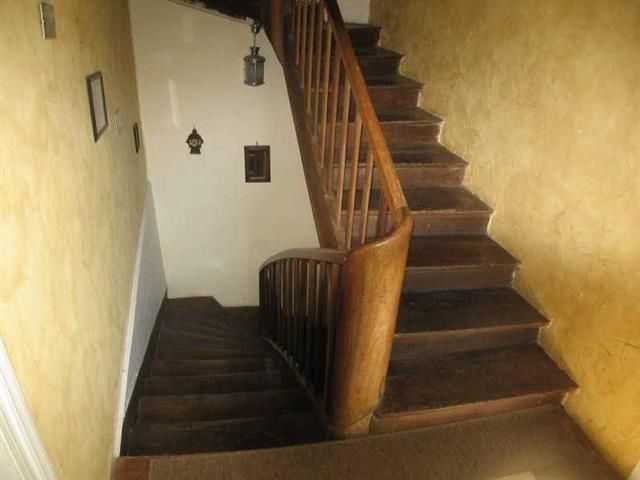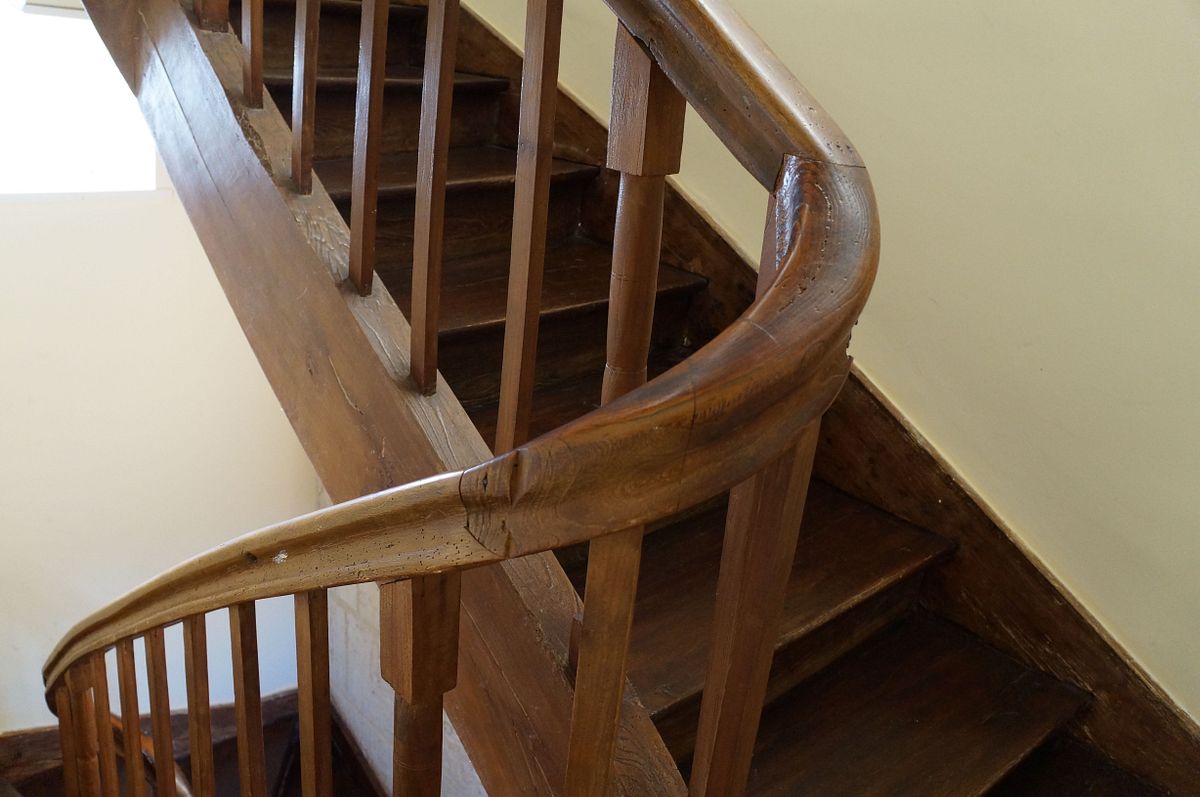deema
Great suggestion, love the idea especially moulding the joining edge to emphasise rather than try to hide the join, will certainly look deeply into that idea.
The handrail is another story, only the bit shown on the first post would be possible to salvage, that could be a good thing, but you have given me an idea of how I can salvage some of it.
Thanks again
Mike
Great suggestion, love the idea especially moulding the joining edge to emphasise rather than try to hide the join, will certainly look deeply into that idea.
The handrail is another story, only the bit shown on the first post would be possible to salvage, that could be a good thing, but you have given me an idea of how I can salvage some of it.
Thanks again
Mike










